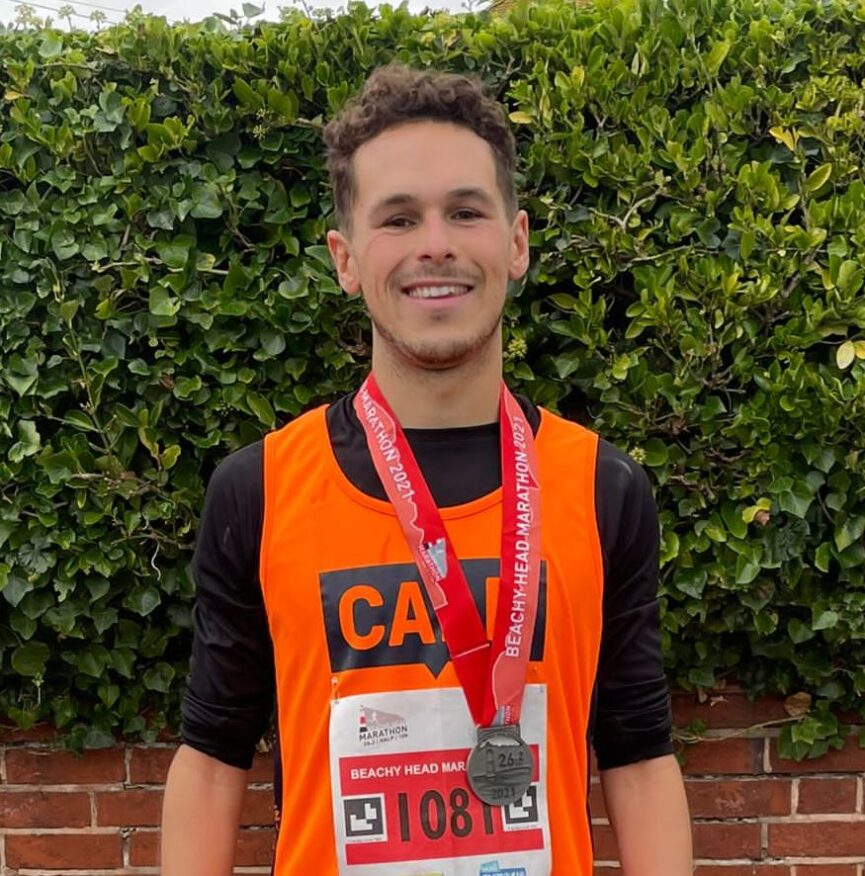Lifestyle
The goal is self-improvement: a guide to getting started

Remember that promise you made to yourself last January 2017? Otherwise known as a New Year’s resolution. According to the stats I just googled for (ComRes Poll) the most common resolutions are:
- Exercise more (38%)
- Lose weight (33%)
- Eat more healthily (32%)
- Take a more active approach to health (15%)
- Spend more time on personal wellbeing (12%)
- Spend more time with family and friends (12%)
- Drink less alcohol (12%)
- Stop smoking (9%)
- Other (1%)
I find it fascinating that majority of people make some resolutions around fitness and wellbeing and yet New Year resolutions are notoriously known as ‘that thing you say you’re going to do but never do’. Let’s face it, we make these promises with all the intentions of following through and achieving our goals, the issue isn’t our willingness to self-improve but the goals we choose.
What does “exercise more” mean to YOU? For me, exercising more could mean increasing my weekly distance from 10k to 20k a week, whereas for some of our young people simply walking 5k a week would be an achievement. If you want to achieve your goals they need to be specific and realistic to YOU.
According to a research poll of 2,000 British people, and published by Bupa, of those who said that they were setting a New Year’s resolution for 2017, half were not confident they would stick to it. Around one in five people also admitted to setting overly ambitious and unsustainable goals.
Research done by my old stomping grounds at the University of Derby found that the biggest mistake is that people identify what they want to achieve but do not think about how to do it. So, there is nothing wrong with setting an ambitious goal like ‘finally getting that six-pack’, as long as you know that this is a long-term goal. The key is to set smaller more easily achievable goals that will help you get that Long-term goals.
When I am sitting down with a young person about to set a goal, I usually ask them what they would like to gain out of the programme? Is it to be fitter? If so, how will you know that “you’ve become fitter”? Is it to be able to run a 5k without stopping?
I am going to leave you with some guidelines on how to build a plan that you can stick to and hopefully by following these guidelines you’ll succeed in your quest to self-improve.
So, look at your new year resolution now and make sure that your goals are:
- Specific – Your goal should be absolutely clear “Running a half marathon in March”
- Measurable – if you’ve never run the distance before, setting smaller targets and logging your progress is a great way to stay motivated because you can see your journey to the goal
- Achievable – Doesn’t mean that you shouldn’t be ambitious with your goals. But trying to take too big a step too quickly can have a negative effect not only on your confidence in reaching your goals but also on your overall motivation to reach your goals
- Relevant – You need to make sure that the goal your setting is important to you and you are making it for the right reasons, goals set for extrinsic reasons don’t usually last long. You need to be truly passionate about the goals you make
- Time-bound – Like ‘achievable’, you need to be realistic about the timeline to your goal. Doing some research around your goal is smart. For example, if you want to run your first ever marathon, researching how long you should be training before attempting that distance, is important. In the mean time setting lots of smaller short-term goals along the way will be not only motivating to get to these small wins but another great way to monitor your progress
And there you have it, good luck and let’s make 2018 the year that those NY resolutions are smashed!
If you enjoyed this article or wish to support our cause, please consider donating to The Running Charity
simply text IRUN42 plus the amount you wish to donate to 70070
for e.g. “IRUN42 £4” to 70070





